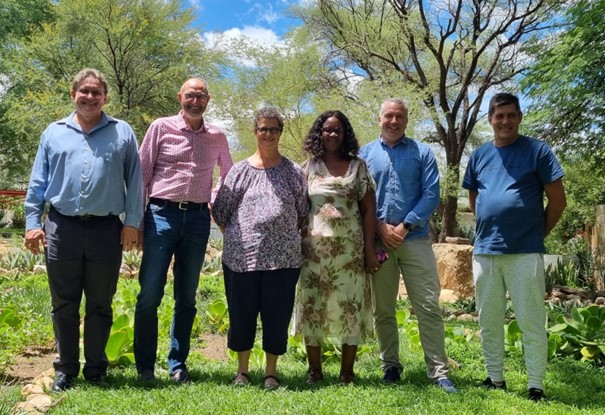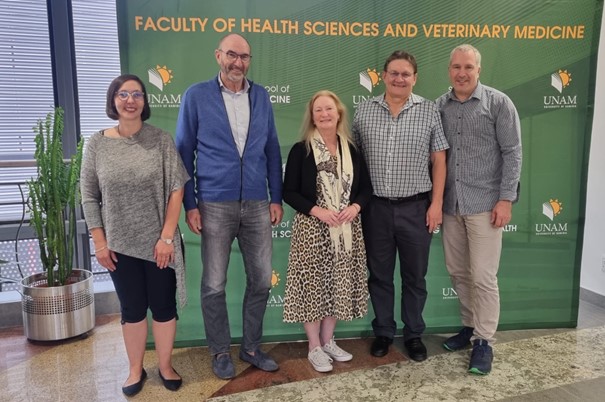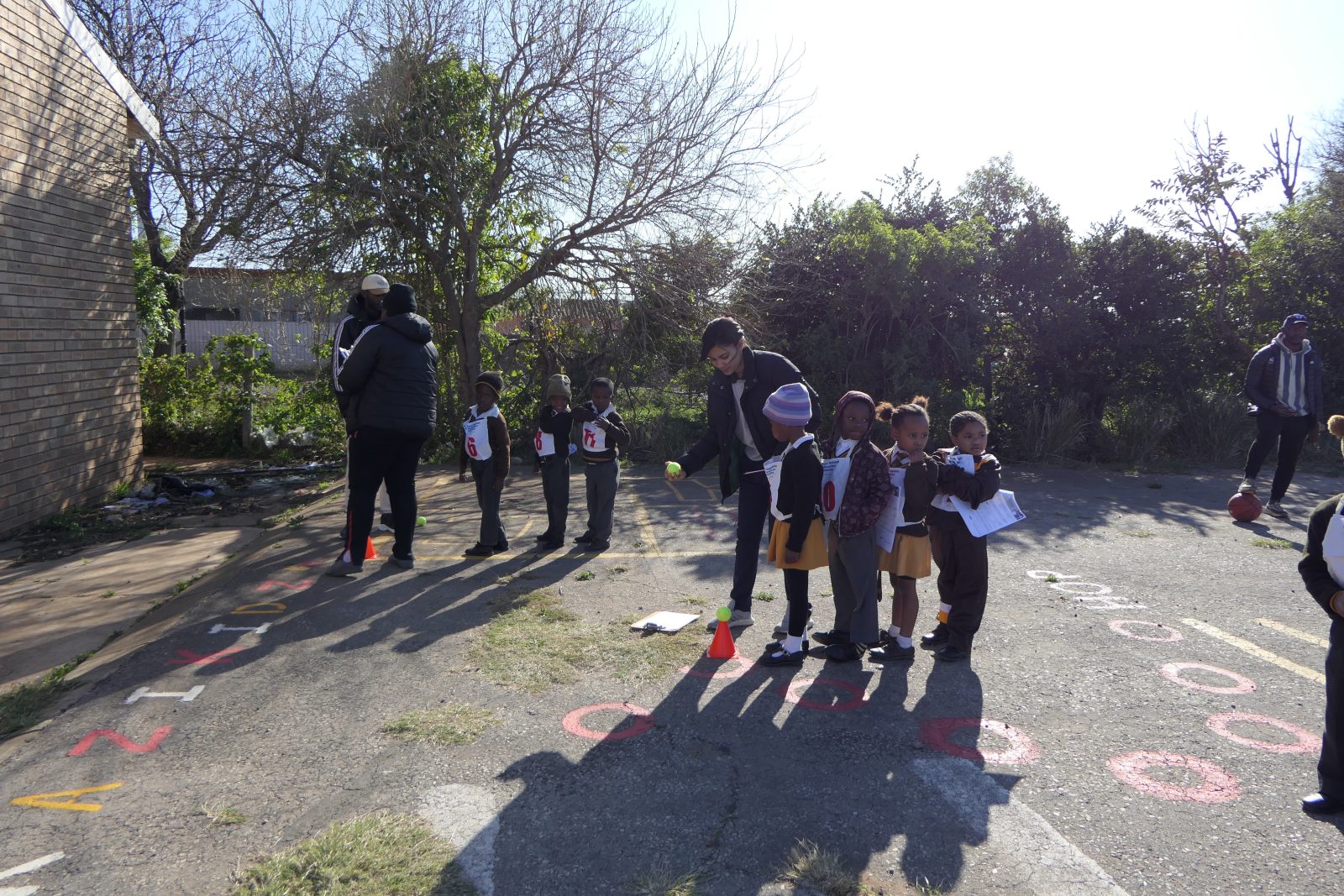In collaboration with colleagues from the University of Namibia (UNAM) and the National Institute for Educational Development (NIED), KaziKidz is being expanded to pre-school level and adapted to the Namibian curriculum. Project results from the UNESCO Chair were presented to NIED in connection with the preparation of the KaziKidz pre-primary in Okahandja, where school representatives for pre-primary, primary and secondary schools from all 14 Namibian regions were present. Namibia is divided into 14 regions, the Zambezi, Kavango West and East, Kunene, Omusati, Ohangwena, Oshana and Oshikoto regions in the North, the Omaheke, Otjozondjupa, Erongo and Khomas regions in the central areas and the Hardap and Karas regions in the South. It was agreed that a teaching aid for ‘Physical Education’, ‘Moving-To-Music’, ‘Health, Hygiene and Nutrition’ would be added to the existing KaziKidz levels. These will be ready to use lesson plans, posters and worksheets.
According to staff, responsible for curriculum development in Namibia at NIED, there is a need for Namibian teachers to have teaching tools to supplement the literature, which supports active physical education in schools at pre-primary level and does justice to the young children’s urge to move. The curriculum is developed on the basis of UNESCO’s Quality Physical Education (QPE) criteria and adapted to the respective context together with experts from UNAM, NIED and the Nelson Mandela University, South Africa.

Prof. Cilas Wilders, Associate Dean: Allied Health Sciences in the Faculty of Health Sciences, University of Namibia (UNAM); Prof. Uwe Pühse, UNESCO Chair Holder, University of Basel; Mrs. Willemien Wannberg, Deputy Director, National Institute for Educational Development (NIED); Dr. Gisela Siririka Senior Education Officer for Broad Curriculum, National Institute for Educational Development (NIED); Dr. Ivan Müller, Project Coordinator at the UNESCO Chair, University of Basel; and Mr. Henk Bronner, Teacher, Noordgrens in Kavango East, Namibia.




